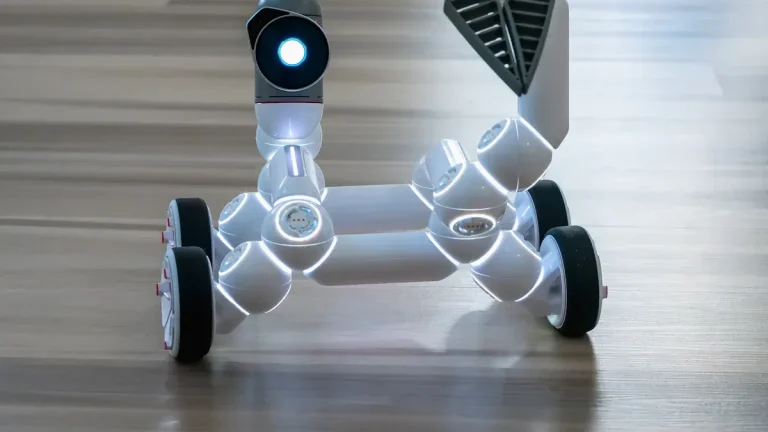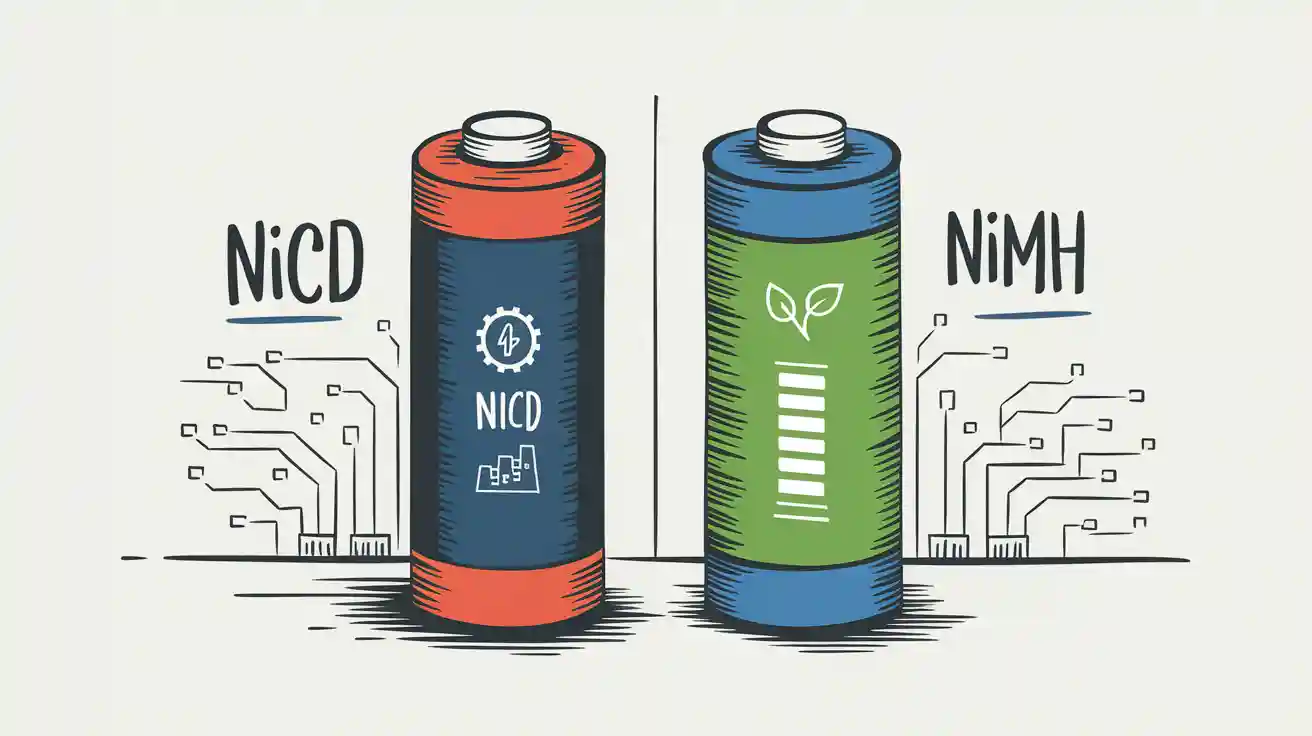
When comparing nickel cadmium vs nickel metal hydride battery technologies, you’ll notice significant differences in their performance, lifespan, and environmental impact. NiCd batteries offer durability under stress, but their chemistry poses toxicity risks. NiMH batteries excel in energy density and are more eco-friendly. These distinctions influence cost, recyclability, and application suitability.
Key Takeaways
NiMH batteries are better for the environment than NiCd ones. They don’t have harmful cadmium, so they are safer.
NiCd batteries work well in tough situations. They last longer and handle extreme conditions better.
NiMH batteries store more energy. They are great for gadgets that need long use and quick recharging.
Part 1: Composition and Chemistry
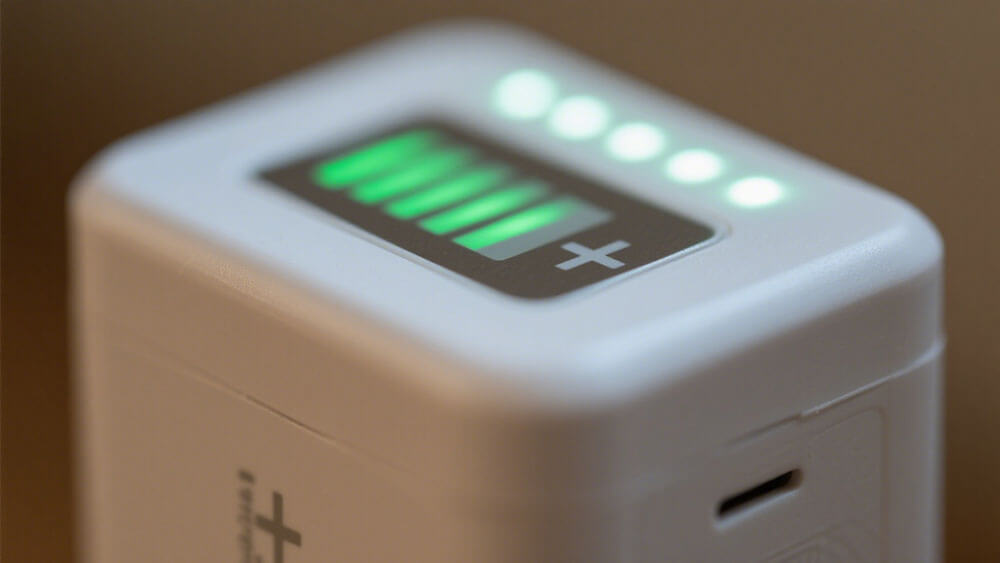
1.1 Materials in Nickel Cadmium vs Nickel Metal Hydride Battery
Nickel cadmium batteries rely on cadmium as their primary negative electrode material, paired with nickel oxide hydroxide as the positive electrode. Cadmium, a heavy metal, contributes to the durability and high discharge rates of NiCd batteries but poses environmental challenges due to its toxicity. On the other hand, nickel metal hydride batteries use a hydrogen-absorbing alloy for the negative electrode and nickel hydroxide for the positive electrode. This composition eliminates the use of toxic cadmium, making NiMH batteries more environmentally friendly.
Battery Type | Negative Electrode | Positive Electrode | Environmental Impact |
|---|---|---|---|
NiCd Battery | Cadmium | Nickel Oxide Hydroxide | High toxicity |
NiMH Battery | Hydrogen-absorbing alloy | Nickel Hydroxide | Eco-friendly |
1.2 Chemical Processes in NiCd vs NiMH Battery
NiCd batteries operate through a reversible electrochemical reaction where cadmium and nickel oxide hydroxide exchange ions during charging and discharging. This process ensures consistent performance under high-stress conditions. NiMH batteries, however, utilize hydrogen ions stored in the alloy to facilitate energy transfer. Their chemical process supports higher energy density, making them ideal for applications requiring extended runtime, such as consumer electronics.
Tip: NiMH batteries are better suited for devices demanding higher energy density, while NiCd batteries excel in industrial applications requiring rugged durability.
1.3 Safety Implications of NiCd vs NiMH Battery Chemistry
The chemistry of NiCd batteries presents safety concerns due to cadmium’s toxicity and potential environmental hazards during disposal. NiMH batteries offer a safer alternative, as their materials pose fewer risks. However, both battery types require proper handling to prevent overheating or leakage. For applications in robotics or medical devices, safety considerations should align with regulatory standards.
Explore sustainable battery solutions for industrial and consumer electronics applications: sustainability at Large Power.
Part 2: Performance and Capacity
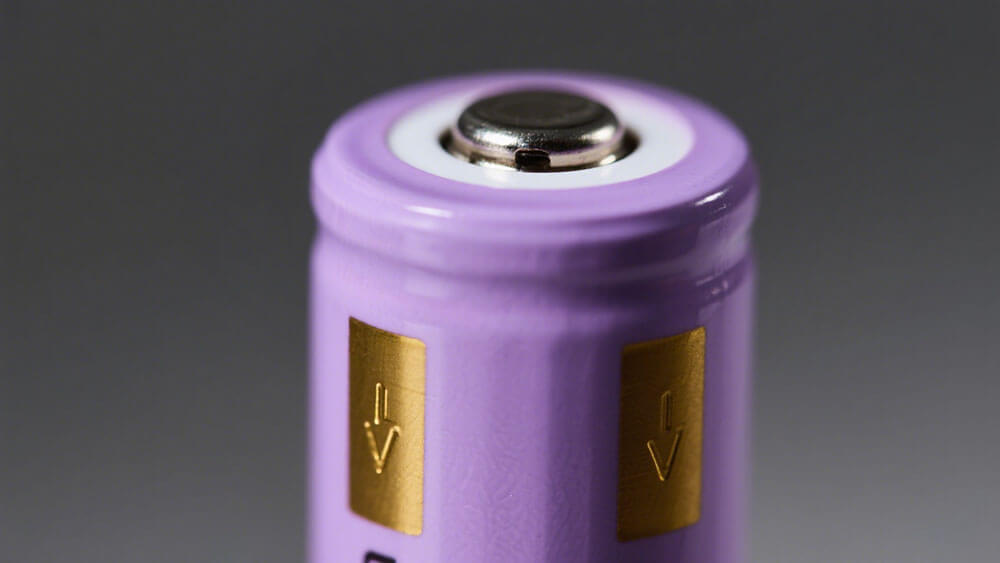
2.1 Energy Density in Nickel Cadmium vs Nickel Metal Hydride Battery
When evaluating energy density, NiMH batteries outperform NiCd batteries significantly. NiMH batteries offer an energy density of approximately 95 Wh/kg, while NiCd batteries provide only 39 Wh/kg. This difference makes NiMH batteries a better choice for applications requiring extended runtime, such as consumer electronics.
Battery Type | Energy Density (Wh/kg) |
|---|---|
NiMH | 95 |
NiCd | 39 |
NiMH batteries are ideal for devices where compact size and high energy storage are critical. However, NiCd batteries remain relevant in scenarios demanding rugged durability and consistent performance under extreme conditions.
Note: If your application prioritizes energy density over cycle life, NiMH batteries are the superior option. For industrial environments requiring robust performance, NiCd batteries may still hold an advantage.
2.2 Charge Retention and Self-Discharge in NiCd vs NiMH Battery
Charge retention is another critical factor when comparing NiCd vs NiMH battery technologies. NiMH batteries exhibit higher self-discharge rates, losing up to 20% of their charge within the first 24 hours after charging. After this initial period, they lose approximately 10% per month.
NiMH Battery Self-Discharge Characteristics:
Up to 20% charge loss in the first 24 hours.
10% charge loss per month thereafter.
Higher self-discharge rates at elevated temperatures.
NiCd batteries, on the other hand, retain their charge more effectively over time, making them suitable for applications where long-term storage is required. However, NiMH batteries compensate for their higher self-discharge rates with greater energy density, making them preferable for devices that are frequently used and recharged.
Tip: For applications like medical devices or robotics, where reliability and charge retention are critical, NiCd batteries may offer better performance. Explore sustainable battery solutions for these industries: Custom Battery Solutions.
2.3 Discharge Rates and Power Output Comparison
NiCd batteries excel in high-discharge scenarios, delivering consistent power output even under heavy loads. NiMH batteries, while offering higher capacities, often struggle to maintain voltage stability during high-discharge tests.
Battery Type | Capacity (mAh) | Discharge Rate (Amps) | Performance Notes |
|---|---|---|---|
NiMH (AccuPower) | 2900 | 10 | Fell short at 10 amps, test lasted about half a minute |
NiMH (Sanyo) | 2700 | 10 | Survived 10 amp test but voltage dropped significantly |
NiCd (Sanyo KR-1100AEL) | 1100 | 20 | Strong performance, started to drop off at 20 amps |
NiMH (Tenergy) | 2600 | N/A | Inconsistent performance, actual capacities lower than rated |
NiMH (Titanium) | 2700 | 5 | Excellent cycle life, not suitable for loads over 5 amps |
NiCd batteries are better suited for high-stress applications such as industrial equipment and security systems, where consistent power output is essential. NiMH batteries, while offering higher capacities, are more suitable for moderate-load applications like consumer electronics.
Callout: For high-discharge applications, NiCd batteries provide unmatched reliability. For consumer electronics, NiMH batteries deliver better energy density and longer runtimes. Learn more about battery integration for consumer electronics: Consumer Electronics Battery Solutions.
Part 3: Lifespan and Durability
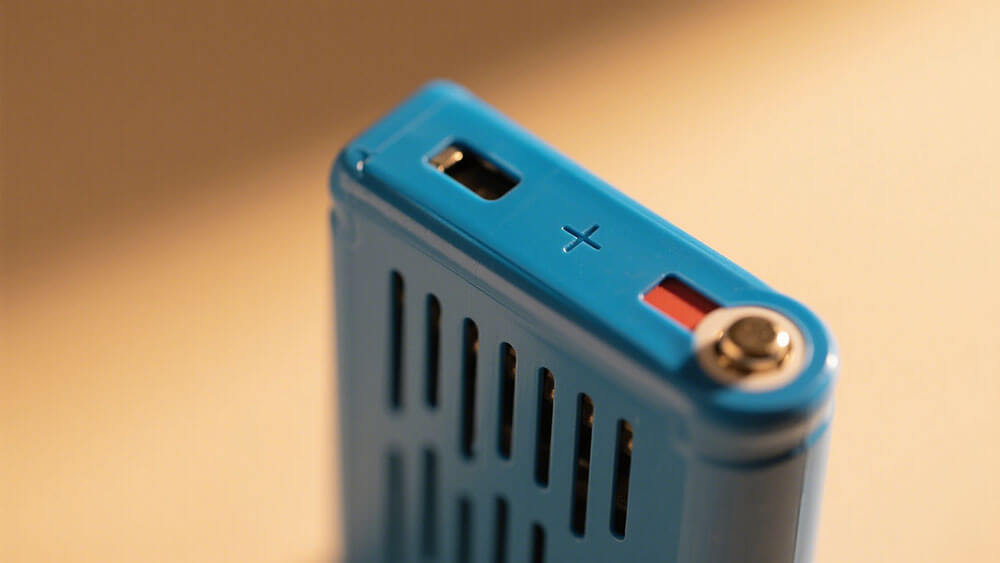
3.1 Cycle Life of Nickel Cadmium vs Nickel Metal Hydride Battery
When comparing the cycle life of nickel cadmium vs nickel metal hydride battery technologies, NiCd batteries generally offer greater longevity. NiCd batteries can endure up to 3000 charge-discharge cycles under optimal conditions, making them a reliable choice for industrial applications like backup power systems or heavy machinery. NiMH batteries, while more eco-friendly, typically last around 2000 cycles. This difference becomes significant in applications requiring frequent recharging.
Battery Type | Typical Cycle Life | Best Use Cases |
|---|---|---|
NiCd | Up to 3000 cycles | Industrial equipment, backup systems |
NiMH | Around 2000 cycles | Consumer electronics, portable devices |
Tip: For applications demanding extended cycle life, NiCd batteries may provide better value. However, NiMH batteries remain a strong contender for devices with moderate usage patterns.
3.2 Memory Effect in NiCd vs NiMH Battery
The memory effect is a well-known issue in NiCd batteries. If you repeatedly recharge a NiCd battery before it is fully discharged, it may “remember” the shorter cycle and lose capacity over time. This phenomenon can reduce the battery’s efficiency and lifespan. NiMH batteries, in contrast, exhibit minimal memory effect, allowing you to recharge them at any point without significant performance loss.
To mitigate the memory effect in NiCd batteries, you should periodically perform a full discharge cycle. This practice helps maintain their capacity and ensures consistent performance. NiMH batteries, with their reduced susceptibility to this issue, are better suited for modern devices that require frequent and partial recharges.
3.3 Durability in High-Stress Applications
NiCd batteries excel in high-stress environments. Their robust construction and ability to handle extreme temperatures make them ideal for industrial and security applications. These batteries maintain consistent performance even under heavy loads or harsh conditions. NiMH batteries, while offering higher energy density, are less durable in such scenarios. They are more sensitive to temperature fluctuations and may degrade faster when exposed to high-stress conditions.
Battery Type | Durability in Stressful Conditions | Applications |
|---|---|---|
NiCd | High | Industrial, security systems |
NiMH | Moderate | Consumer electronics, portable devices |
Callout: For high-stress applications like robotics or infrastructure systems, NiCd batteries provide unmatched reliability. For consumer electronics, NiMH batteries deliver better energy density and longer runtimes.
For custom solutions tailored to your specific needs, consult our experts: Custom Battery Solutions.
Part 4: Environmental Impact
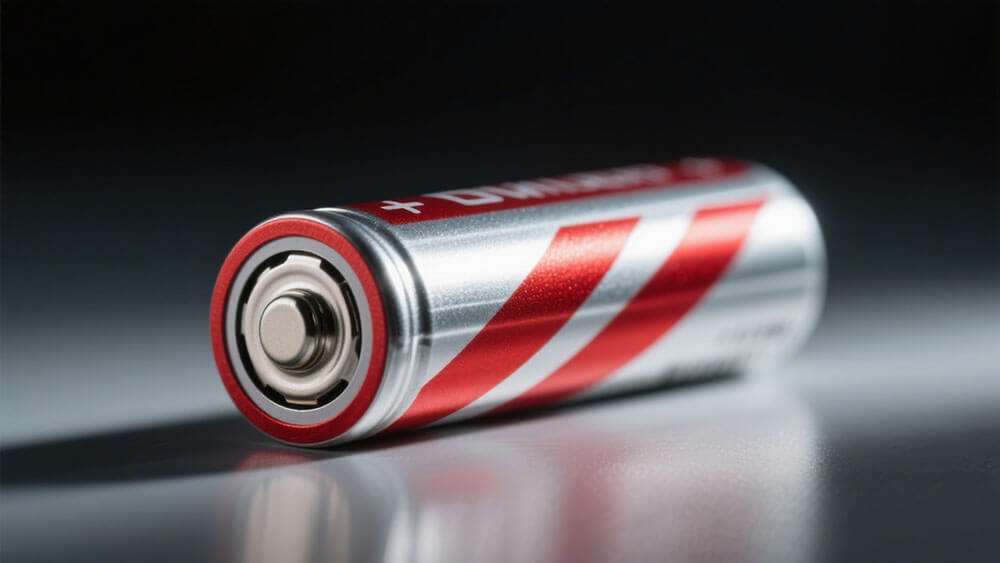
4.1 Toxicity of Nickel Cadmium Battery vs Nickel Metal Hydride Battery
The toxicity of a battery’s materials significantly affects its environmental footprint. NiCd batteries contain cadmium, a highly toxic heavy metal. Improper disposal can lead to soil and water contamination, posing risks to ecosystems and human health. In contrast, NiMH batteries use hydrogen-absorbing alloys and nickel hydroxide, which are less harmful to the environment. This makes NiMH batteries a safer choice for applications where sustainability is a priority.
Tip: If your business prioritizes eco-friendly solutions, NiMH batteries offer a clear advantage over NiCd batteries.
4.2 Recyclability and Disposal of NiCd vs NiMH Battery
Recycling methods differ between NiCd and NiMH batteries due to their chemical compositions. NiCd batteries require chemical recycling processes, such as pyro- and hydrometallurgical treatments, to recover cadmium. NiMH batteries, on the other hand, utilize hydrothermal and bioleaching methods to extract valuable materials like nickel oxyhydroxide and potassium hydroxide.
Battery Type | Recycling Methods | Key Materials |
|---|---|---|
NiCd | Chemical recycling, pyro- and hydrometallurgical processes | Cadmium |
NiMH | Hydrothermal, bioleaching, acid leaching | Nickel oxyhydroxide, hydrogen-absorbing alloy |
Despite these advancements, only 50% of NiMH batteries are currently available for recycling due to collection inefficiencies. The European Union has set ambitious recycling targets for lithium-ion batteries, but similar goals for NiMH batteries remain absent. This highlights the need for improved policies to enhance recycling rates.
4.3 Environmental Regulations and Compliance
Regulatory frameworks vary across regions, influencing the adoption of NiCd and NiMH batteries. The EU’s RoHS Directive restricts cadmium use, accelerating the phase-out of NiCd batteries. In North America, tariffs and restrictions under the Hazardous Products Act encourage manufacturers to shift toward NiMH or lithium-ion batteries.
Region | Regulation Type | Impact on NiCd Batteries | Impact on NiMH Batteries |
|---|---|---|---|
EU | RoHS Directive | Limits cadmium use, accelerating phase-out | Minimal impact |
North America | Hazardous Products Act | Imposes tariffs, pushing manufacturers to alternatives | Favorable conditions |
Asia-Pacific | Lax regulations | Sustains demand in cost-sensitive applications | Growing market presence |
Australia | Ban on cadmium in consumer goods | Significant market decline | No impact |
These regulations reflect a global shift toward safer and more sustainable battery technologies. For businesses navigating these changes, NiMH batteries provide a compliant and environmentally friendly alternative.
Callout: To explore custom battery solutions that align with environmental regulations, consult our experts: Custom Battery Solutions.
Part 5: Applications and Suitability
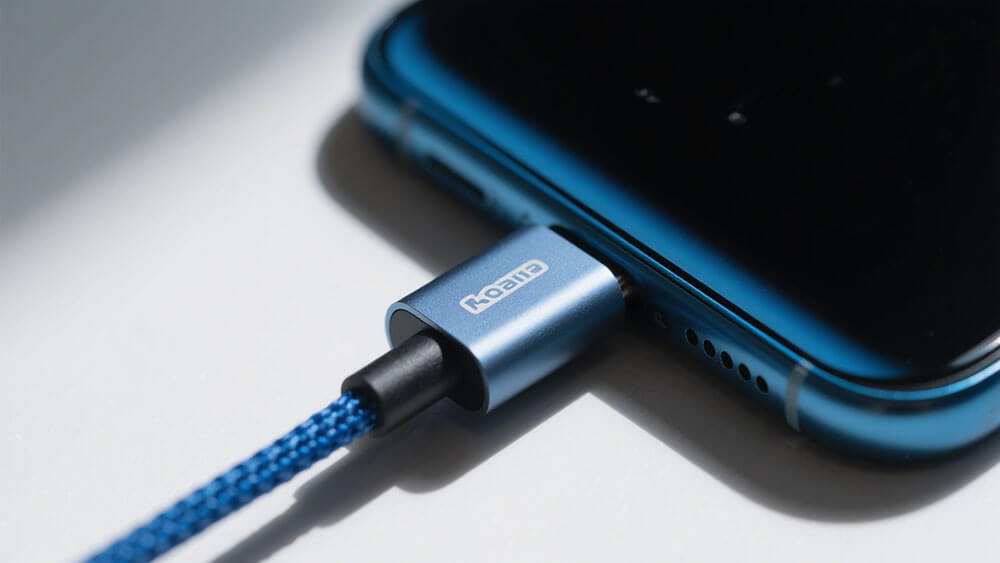
5.1 Industrial Use of Nickel Cadmium vs Nickel Metal Hydride Battery
In industrial applications, the choice between NiCd and NiMH batteries depends on the specific requirements of the equipment and operating conditions. NiCd batteries excel in high-stress environments due to their durability and ability to perform under extreme temperatures. These batteries are commonly used in backup power systems, aviation equipment, and heavy machinery. Their robust construction ensures consistent performance, even in harsh conditions.
NiMH batteries, on the other hand, are gaining popularity in industrial settings that prioritize sustainability. Their cadmium-free composition makes them an eco-friendly alternative. While they may not match the ruggedness of NiCd batteries, they offer higher energy density, making them suitable for applications like power tools and hybrid vehicles.
Feature | NiCd Battery | NiMH Battery |
|---|---|---|
Durability | High | Moderate |
Environmental Impact | Contains toxic cadmium | Cadmium-free, eco-friendly |
Applications | Backup systems, aviation, heavy machinery | Power tools, hybrid vehicles |
Tip: For industrial environments requiring rugged performance, NiCd batteries remain a reliable choice. However, if sustainability is a priority, NiMH batteries provide a greener solution.
For tailored solutions in industrial applications, consult our experts: Custom Battery Solutions.
5.2 Consumer Electronics and Portable Devices
NiMH batteries dominate the consumer electronics market due to their higher energy density and longer runtimes. Devices like digital cameras, remote controls, and portable gaming systems benefit from the extended usage time provided by these batteries. Their minimal memory effect also ensures consistent performance, even with frequent recharges.
NiCd batteries, while less common in consumer electronics, still find use in specific scenarios. Their ability to handle high discharge rates makes them suitable for devices requiring sudden bursts of power, such as flashlights and emergency radios. However, their environmental impact and lower energy density limit their appeal in this sector.
Battery Type | Advantages in Consumer Electronics | Limitations |
|---|---|---|
NiMH | High energy density, long runtimes, eco-friendly | Higher self-discharge rates |
NiCd | Handles high discharge rates | Lower energy density, environmental concerns |
Callout: For consumer electronics, NiMH batteries offer superior performance and sustainability. Explore more about their integration: Consumer Electronics Battery Solutions.
5.3 Integration with Lithium Battery Systems
The integration of NiCd and NiMH batteries with lithium-ion systems has become a focus in modern energy solutions. While lithium-ion batteries dominate due to their superior energy density and cycle life, NiMH batteries complement them in hybrid systems. For example, hybrid vehicles often use NiMH batteries alongside lithium-ion systems to balance cost and performance.
NiCd batteries, due to their declining market presence, are less commonly integrated with lithium-ion systems. However, their reliability in high-stress applications still makes them relevant in niche markets. Technological advancements have improved the compatibility of NiMH batteries with lithium-ion systems, enhancing their efficiency and broadening their applications.
Feature | NiMH Batteries | NiCd Batteries |
|---|---|---|
Energy Density | Lower than NiMH | |
Compatibility | Often integrated with lithium-ion systems in hybrids | Rarely integrated |
Market Growth | Flourishing in hybrid systems | Declining |
Note: NiMH batteries are increasingly used in hybrid systems, offering a cost-effective and eco-friendly alternative to lithium-ion batteries.
For more information on lithium-ion battery integration, visit: Lithium-Ion Batteries.
Understanding the difference between NiCd vs NiMH battery technologies helps you make informed decisions. NiMH batteries offer higher energy density and eco-friendliness, while NiCd batteries excel in durability and high-stress applications. If you wonder, “Can I replace a NiCd battery with a NiMH?” the answer depends on compatibility and performance needs. For consumer electronics, NiMH batteries are ideal. In industrial settings, NiCd batteries remain reliable. When deciding which battery is better, NiMH or NiCd, consider energy density, environmental impact, and application requirements.
FAQ
1. What is the main difference between NiCd and NiMH batteries?
NiCd batteries excel in durability and high-stress applications. NiMH batteries offer higher energy density and are more environmentally friendly due to their cadmium-free composition.
2. Can you replace a NiCd battery with a NiMH battery?
Yes, you can replace NiCd with NiMH in most cases. However, ensure compatibility with your device’s charging system and performance requirements.
3. Which battery type is better for consumer electronics?
NiMH batteries are better for consumer electronics. They provide longer runtimes, higher energy density, and minimal memory effect, making them ideal for frequent use.



